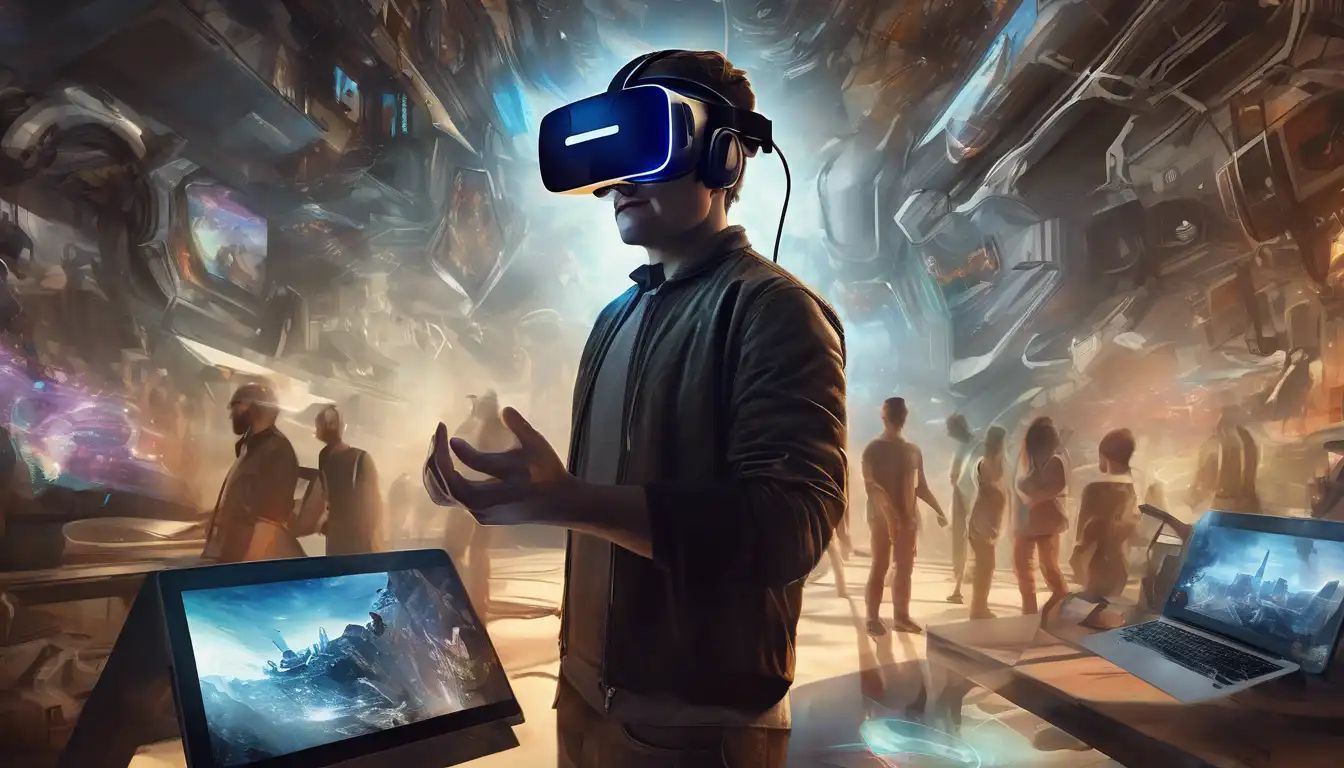Introduction to Virtual Reality
Virtual Reality (VR) is no longer just a figment of science fiction. It's here, and it's transforming the way we interact with digital content. From gaming to education, VR is making waves across various sectors, offering immersive experiences that were once unimaginable.
The Rise of VR in Gaming
The gaming industry has been one of the earliest adopters of VR technology. With devices like the Oculus Rift and HTC Vive, players can now step into virtual worlds, experiencing games in a whole new dimension. This leap in technology has not only enhanced gameplay but also opened up new possibilities for game developers.
VR Beyond Gaming
But VR's potential extends far beyond gaming. In education, for example, VR can transport students to historical sites or simulate complex scientific phenomena, making learning more engaging and effective. Similarly, in healthcare, VR is being used for everything from surgical training to patient rehabilitation.
The Future of VR
As technology advances, the possibilities for VR are endless. With the development of more sophisticated hardware and software, VR is set to become even more immersive and accessible. The integration of AI and VR could further enhance user experiences, making virtual environments more realistic and interactive.
Challenges and Considerations
Despite its potential, VR faces several challenges. High costs and the need for powerful hardware can limit accessibility. Additionally, there are concerns about the social and psychological effects of prolonged VR use. Addressing these issues will be crucial for the widespread adoption of VR technology.
Conclusion
Virtual Reality is undoubtedly the next big thing in tech, offering unprecedented opportunities for innovation across industries. As we continue to explore its potential, VR is set to redefine our digital experiences, making the virtual world as real as the physical one.
For more insights into the latest tech trends, check out our articles on Tech Trends and The Future of Gaming.
